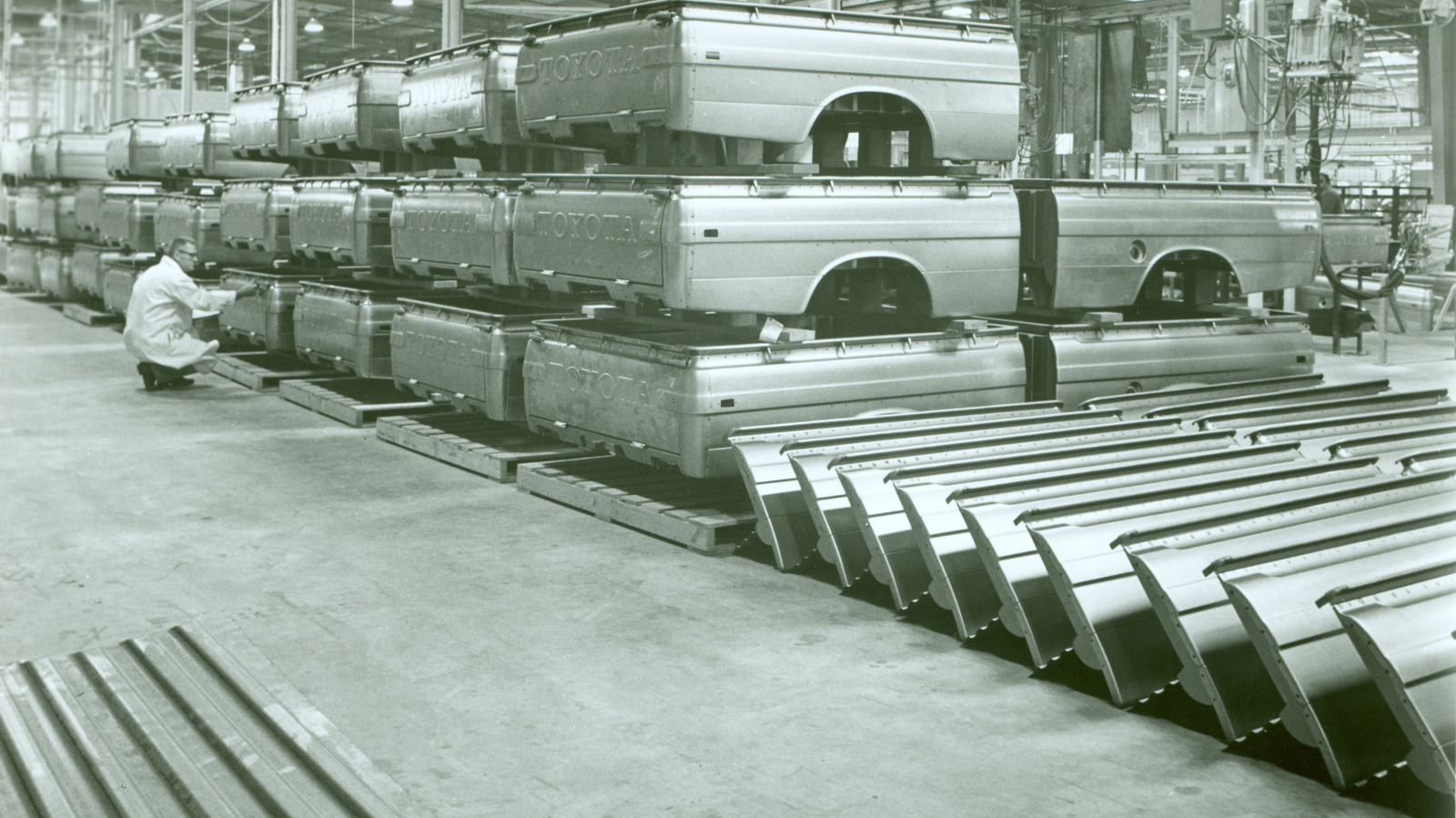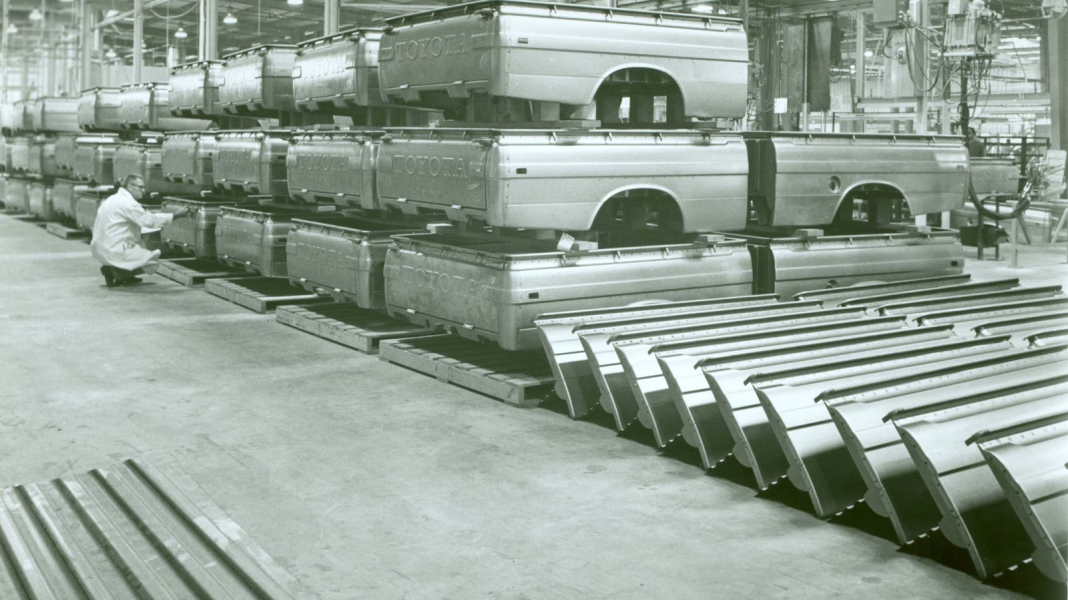How Did Toyota Outsmart the Infamous Chicken Tax?
Ever wondered why some foreign trucks cost a small fortune in the US, while others seem surprisingly affordable? It all comes down to a decades-old policy known as the Chicken Tax—a 25% tariff slapped on imported light trucks. For years, this tax has shaped the American truck market, making it tough for overseas automakers to compete on price. But Toyota found a clever workaround that changed the game.
What Exactly Was Toyota’s Strategy for Beating the Tariff?
Instead of shipping fully assembled trucks to the US, Toyota imported what’s called a cab-and-chassis. Picture a truck without its bed—just the cab, engine, and frame. By doing this, Toyota’s imports were classified as incomplete vehicles, not trucks. The difference? A much lower 2.5% import tax instead of the punishing 25% rate.
But here’s where it gets really interesting. Once these cab-and-chassis units arrived stateside, Toyota finished the job by adding the truck beds right here in America. This final assembly step wasn’t just a technicality—it was a masterstroke that let Toyota offer competitive prices without breaking the law or the bank.
Why Did Toyota Set Up Shop in a Former Napalm Factory?
You read that right. Toyota actually took over a decommissioned napalm factory in Long Beach, California, to build truck beds and complete the assembly process. The location wasn’t just a quirky footnote—it was a strategic move. The existing infrastructure made it easier to set up production quickly, and being close to the port streamlined logistics for the imported cab-and-chassis units.
Repurposing an old military facility for truck manufacturing is a classic example of turning swords into plowshares—literally. It also created American jobs and gave Toyota a local presence, which helped build trust with US consumers. Not a bad side effect for a tax dodge.
How Did This Move Impact the American Truck Market?
Toyota’s workaround didn’t just save money; it forced the US market to adapt. Other automakers took notice and started looking for their own loopholes. Some, like Ford with its Transit Connect, tried similar tricks—shipping vans with rear seats that were removed after import to skirt the tax. Eventually, US Customs cracked down on some of these tactics, but Toyota’s approach stood out for its simplicity and effectiveness.
According to industry analysts, this move helped Toyota establish a foothold in the lucrative US truck segment, which was previously dominated by domestic brands. By keeping prices competitive, Toyota’s trucks became a common sight on American roads, and the company’s reputation for reliability did the rest.
What Does This Teach Us About Global Trade and Innovation?
Toyota’s story is more than just a clever tax maneuver. It’s a lesson in adaptability and creative problem-solving. When faced with a seemingly insurmountable barrier, Toyota didn’t just accept the status quo—they found a loophole, invested in local infrastructure, and built a new supply chain from scratch.
This kind of thinking is what keeps companies ahead of the curve. It’s also a reminder that regulations, while well-intentioned, often lead to unintended consequences. In this case, a tariff designed to protect American jobs ended up encouraging foreign investment and local manufacturing.
The big takeaway? Beating the system isn’t about perfection—it’s about smarter adjustments. Start with one change this week, and you’ll likely spot the difference by month’s end.


